10. Baking Too Many Things at Once
The result: pastries cook unevenly
This often happens when guests are coming, and you’re in a rush, so you
stick a few pans in the oven. A good oven will be able to handle 2-3
baking pans, but if you fill the thing up, you block the air flow and
temperature distribution. If you need to do a lot of baking, plan your
time wisely.
11. Leaving Cookies in the Oven Too Long
The result: hard, browned cookies
You might think that you should only remove the cookies from the oven
once they start turning golden-brown, but when it comes to cookie – less
is more, because even after you remove them from the oven, they will
harden. This does, however, depends on the recipe, but if you keep
burning your cookies, try taking them out just as they start turning
golden.
12. Turning the Heat Too High
The result: a “domed” cake
A cake with a domed top can result from using a cake mold that is too
small, or an oven that is too hot. Even if you followed the instructions
and preheated the oven to the stated temperature, remember that not all
ovens are the same, and yours may be too hot. If this is a reoccurring
problem, try reducing the temperature by 20 degrees at a time and see if
anything changes.
13. Leaving Bread or Muffins to Cool in the
Baking Dish
The result: a soggy bottom
After you remove bread or muffins from the oven, it takes about five
minutes for trapped steam to cool down and become water once again. Once
this happens, the bread will start “sweating” that water, causing it to
turn the bottom of the pastry soggy. Make sure to remove bread and
muffins from the pan within five minutes and let the steam evaporate.
14. Overheating the Butter
The result: cookies lose their shape and cakes are too dense
Unless you’re making crispy dough, which calls for cold butter, or in
any recipe that states otherwise – your butter should be at room
temperature in order to bond with the other ingredients properly. If
you’re in a rush, you may pop it in the microwave, but if the butter is
too soft, it will make the cookies too runny when baked, thus losing
their shape. With cakes – runny butter means you can whip it with sugar
properly, leading to a denser cake. If you want your butter to warm up
faster, cut it into smaller chunks. Room temperature butter will still
be solid, but will give in under very light pressure.
15. Not Sifting the Flour
The result: dense or lumpy pastry
Sifting your flour is imperative if you want the dough to rise well, and
give your pastry a fluffy texture. Many people skip this phase, but
it’s not complicated nor time-consuming. Furthermore, sifting the flour
helps break up any lumps that may have formed in it
16. Switching Baking Powder for Baking Soda
(or Vice Versa)
The result: the pastry doesn’t rise or tastes odd
It’s easy to confuse baking powder with baking soda, but you can’t
replace one with the other. Baking soda needs an acid to bond with while
baking powder already has that acid. If you don’t care about the
chemistry, just remember not to switch between the two, and stick to the
recipe.
17. Cutting the Pastry Before it Cools Down
The result: the pastry flakes and pieces are uneven
Even if your guests are hungry, don’t give in – both cakes and pies have
to cool down a little in order to solidify and harden since the baking
process continues outside the oven. Don’t be tempted to put them in the
fridge to save time – the extreme temperature change will make them
sticky or even collapse. You can start cutting away once the top layer
solidifies.
18. Frosting the Cake When it is Still Warm
The result: uneven and flaky frosting
Whether you’re in a rush or just hungry, you should let your cake cool
down before frosting it. If you apply the frosting while the cake is
still hot, bits and crumbs from the upper layer will stick to the
spreader and mix with the frosting.
Baking Mistakes
https://gscrochetdesigns.blogspot.com. one can see my crochet creations
https://cancersupportindia.blogspot.com. feel free to view for easy, simple and health tips
https://kneereplacement-stickclub.blogspot.com. for info on knee replacement
https://GSiyers home remedies.blogspot.com is the latest addition to my blogs.
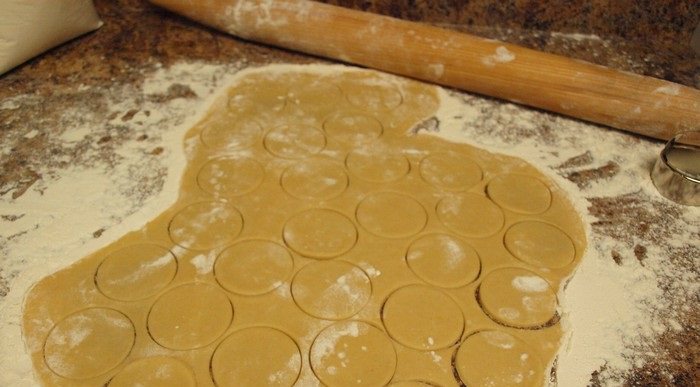
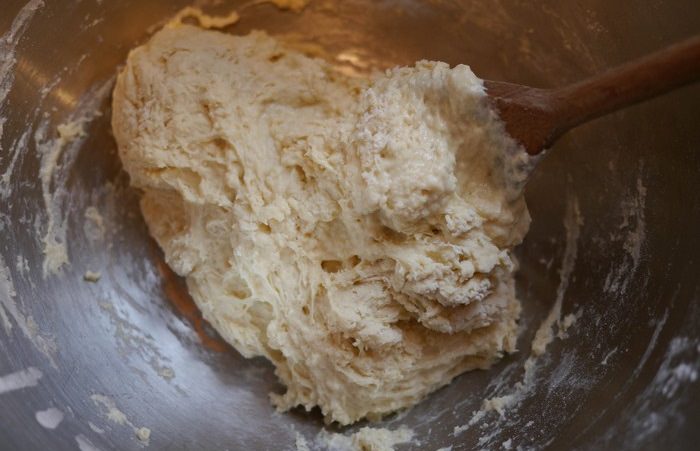
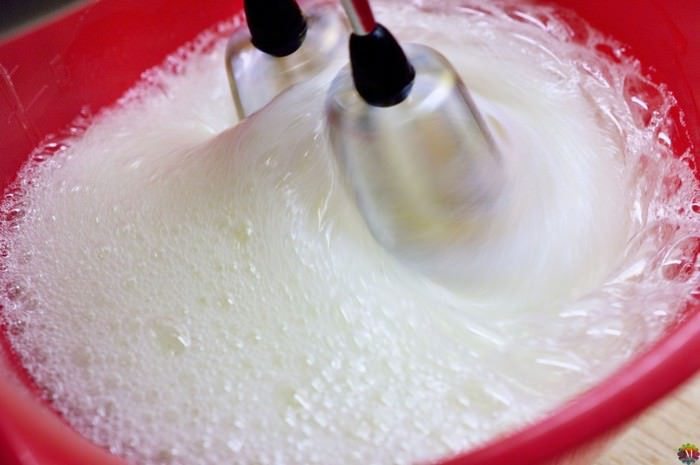
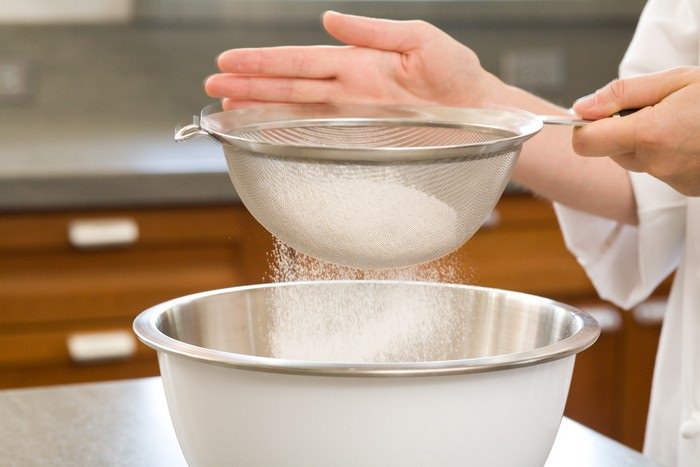
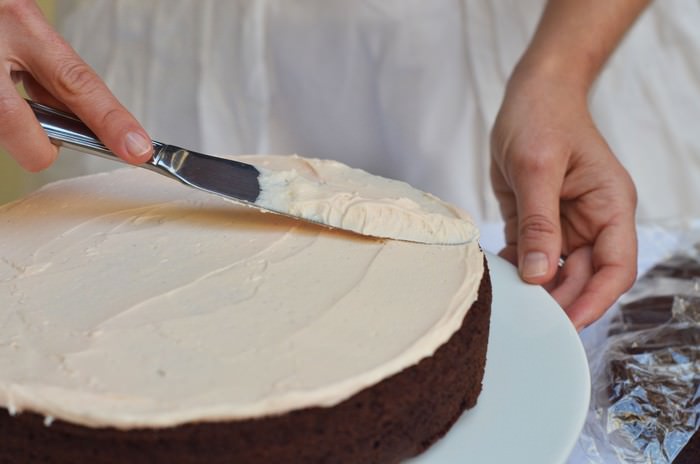
No comments:
Post a Comment